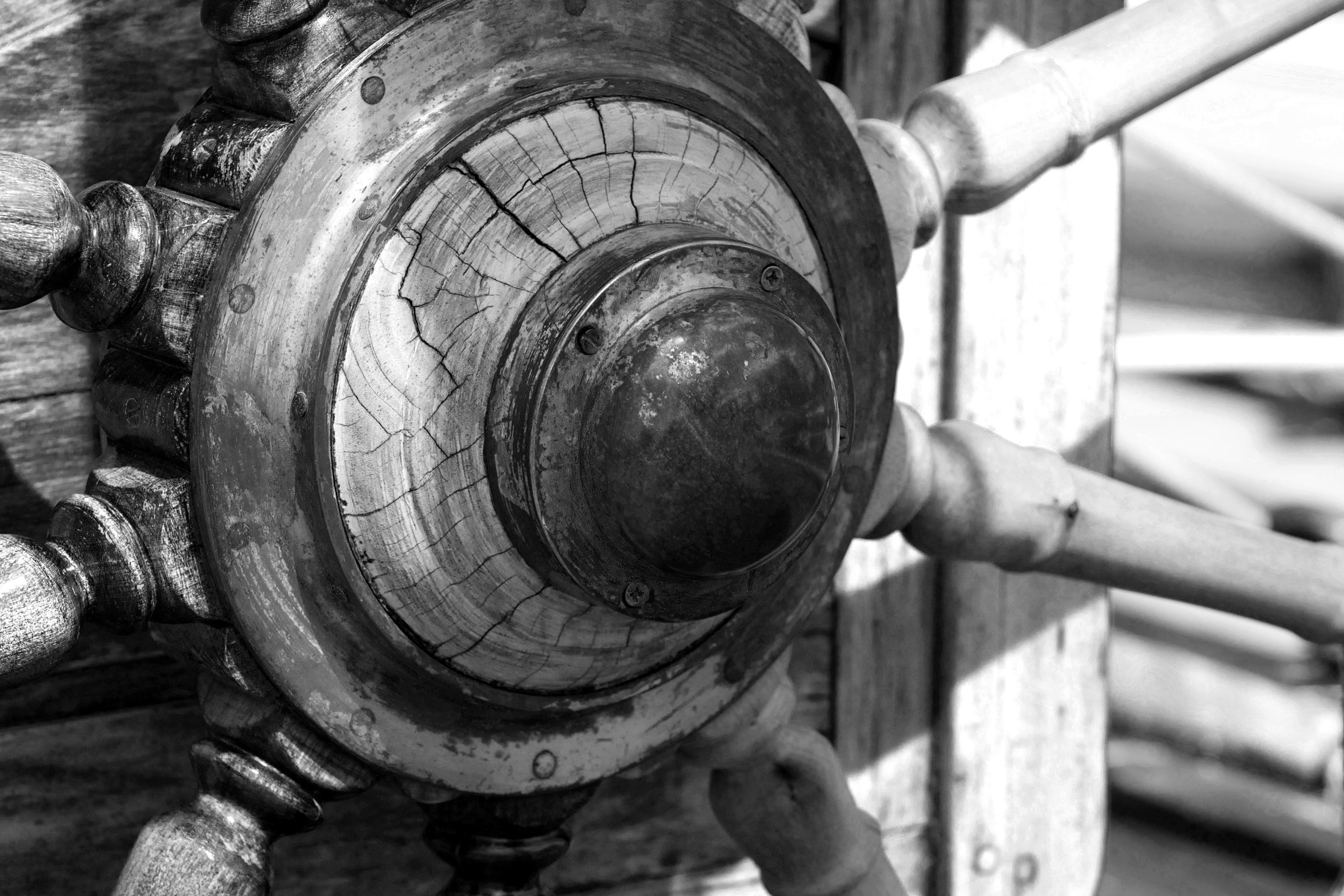
The earliest three-dimensional art was probably carvings, shortly followed by pottery. Ritualistic and functional purposes found artistic expression. Soon 3-D became large, representing religious ideals and worldly egos by its size – just think of the tomb carvings in Mesopotamia and the statues attached to Egyptian pyramids. The Greeks matched their sculptures to their view of the centrality of man – it had to be the perfect body…..
Early Christianity was hampered by one of the commandments forbidding the use imagery. Once they found a way around that by claiming this prohibition only referred to idolatry, the dam broke. Just look at the ubiquitous carvings, statues, reliefs in Christian churches – I will need a whole other month to blog about the beauty found there. Eventually.

Today I want to focus on the ways sculptures are used as monuments, specifically memorializing power. (Which reminds me I could also do a week on war monuments and comparative sites of unspeakable horror. Maybe.) Today’s example was found in Innsbruck, Austria. My friends and travel companions who know e v e r y t h i n g about cool historical sites guided me to the Hofkirche, the church and (empty) burial site of emperor Maximilian I, surrounded by 28 of his favorite relatives…

Imagine: on his deathbed, in 1519, this guy expresses a wish to be sepulchered in some chapel, surrounded by 40 larger-than- life statues made of bronze. Well, the 28 who are eventually completed are too heavy for the chapel. So his grandchild Ferdinand builds a new church, the Imperial Court Church, puts a cenotaph (empty grave) into it, and flanks it by the “black men” as they are known. Never mind that about half of them are women. I am not kidding you.

Think how it must feel to come to services every Sunday being surrounded by this wealth, this overwhelming imagery, this size of those who rule you.






Attached link is a video of the church.
Here is another example of monumental expression, with a (from my perspective) lovely political twist. I have never seen the terra-cotta soldiers protecting the grave of China’s first emperor, Qin Shi Huang Di. He, too, had plenty of company for his eternal rest. But I did see a feminist take on this army in Paris, some years back. Prune Nourry, with the help of artisan copyists from Xi’an, created an army of 108 girls, the Terra Cotta daughters, to question gender selection with a bias towards boys in China. They went on a world tour before they were buried at a secret location in China. I was so lucky to be at the right place at the right time. Looking at all these girls’ faces was a powerful reminder of how selective abortion preempts female lives.






http://www.prunenourry.com/en/projects/terracotta-daughters
And last but not least here is a monument to the photographer, which concludes this week on sculpture.

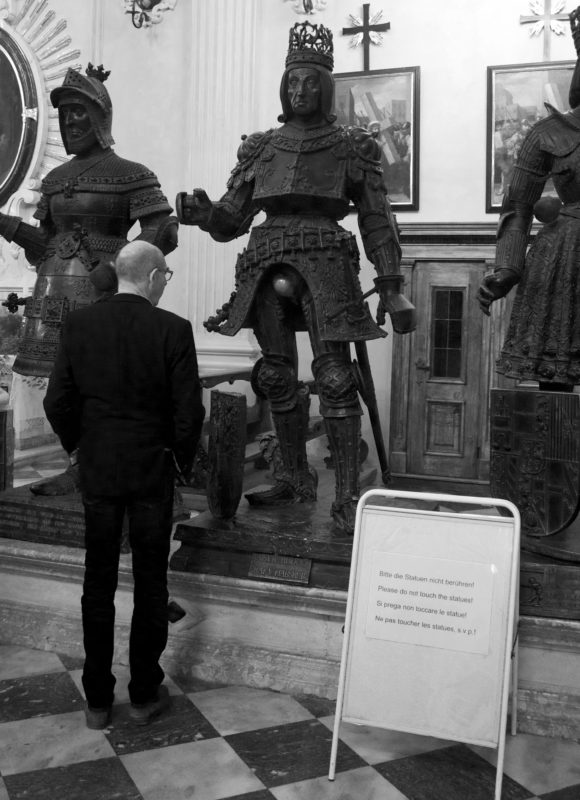






































 my trip to the East Coast last week I visited a sculpture park in Lincoln, MA. It was founded by a tea merchant of Jamaican descent, Julian de Cordova, who poured his riches into traveling the world and collecting art that he brought home to his mansion – a hobbit-like structure on steroids. After his death in 1945 it all became a museum. His own collection was sold for lack of artistic value, but his generosity enabled a focus on modern art, and eventually sculpture. Details can be found here:
my trip to the East Coast last week I visited a sculpture park in Lincoln, MA. It was founded by a tea merchant of Jamaican descent, Julian de Cordova, who poured his riches into traveling the world and collecting art that he brought home to his mansion – a hobbit-like structure on steroids. After his death in 1945 it all became a museum. His own collection was sold for lack of artistic value, but his generosity enabled a focus on modern art, and eventually sculpture. Details can be found here:










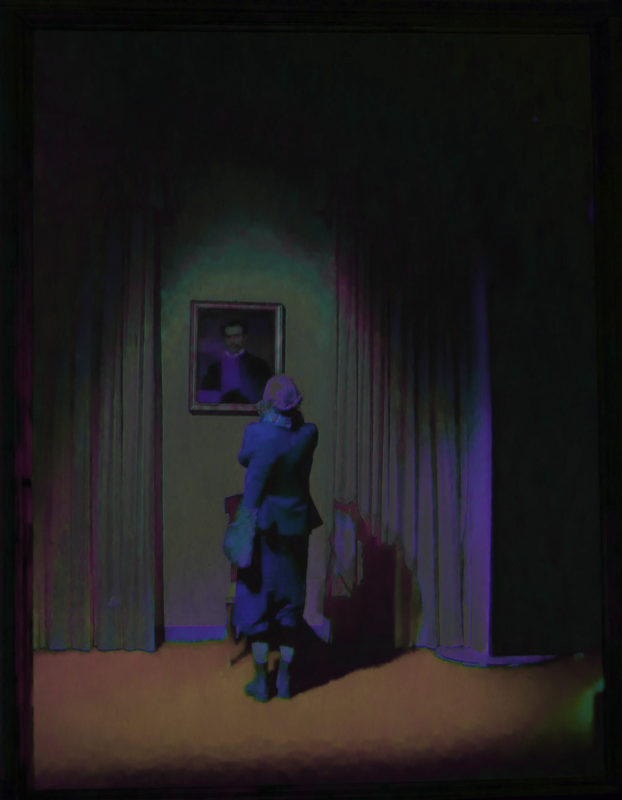






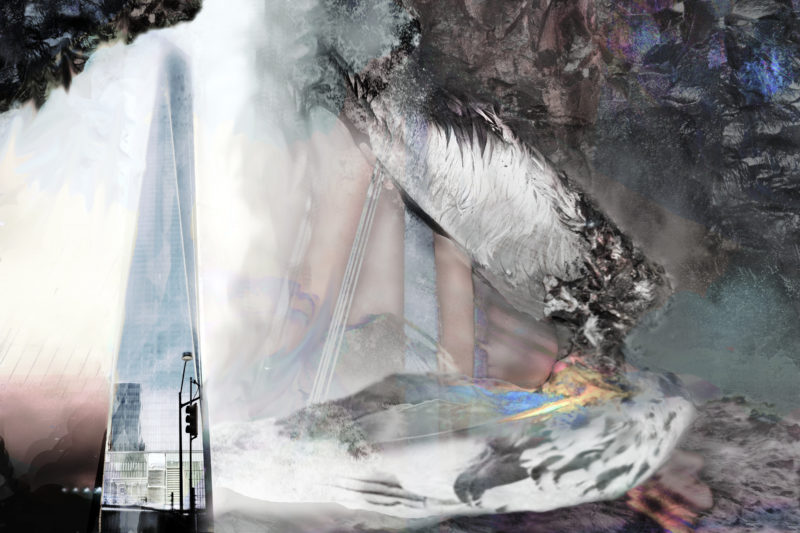



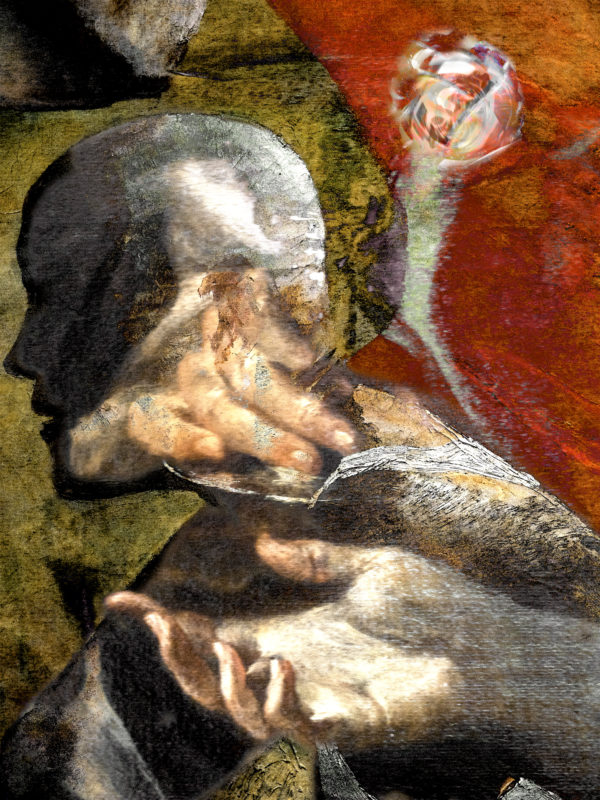
 Relax! A day without politics. And a topic that will be of consequence only for those who make, consume, like or despise art.
Relax! A day without politics. And a topic that will be of consequence only for those who make, consume, like or despise art.










